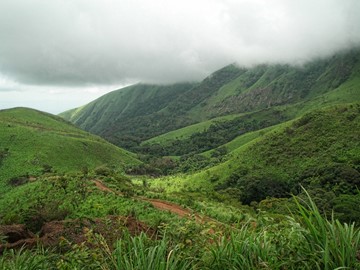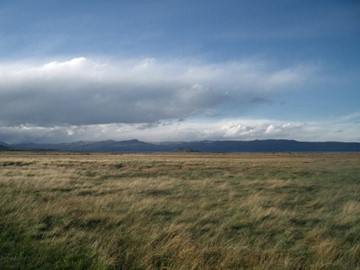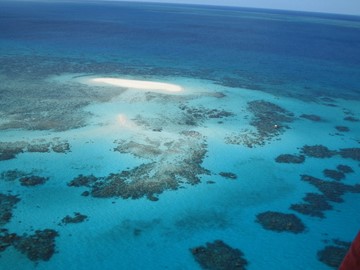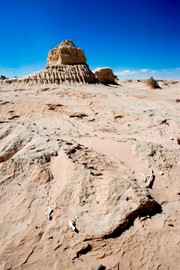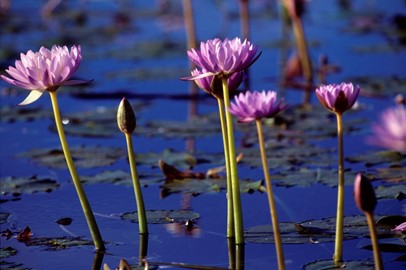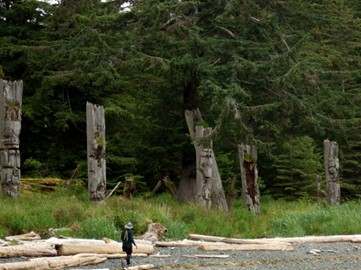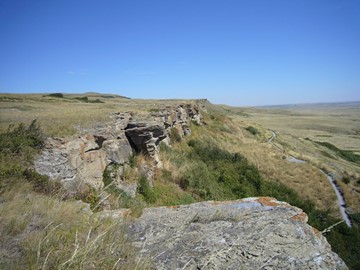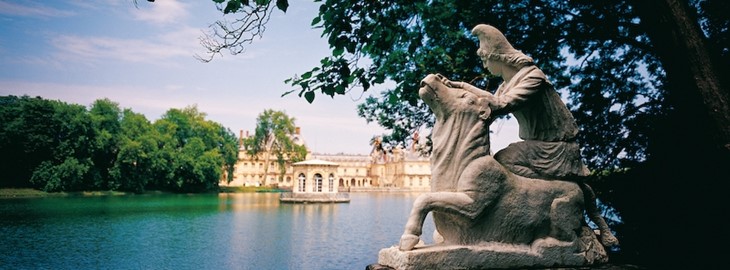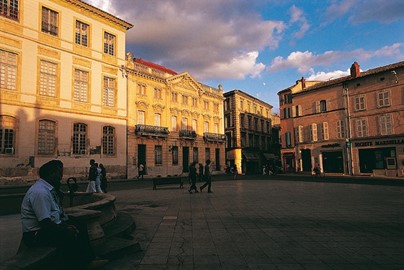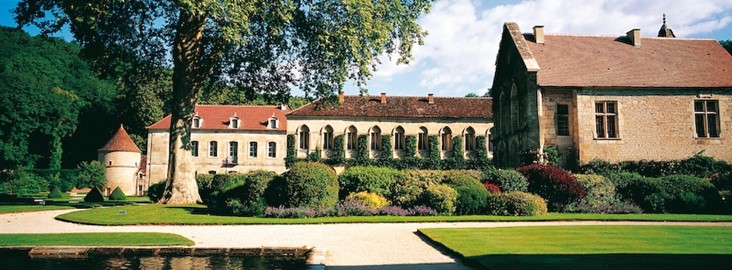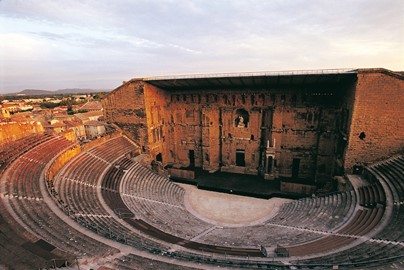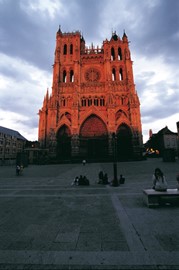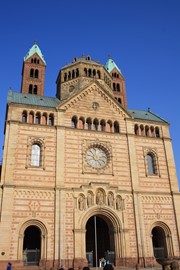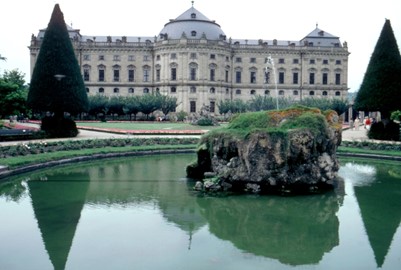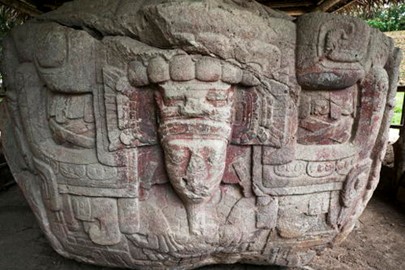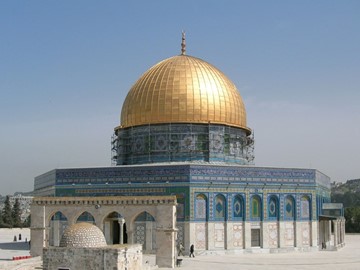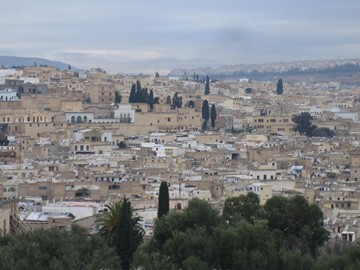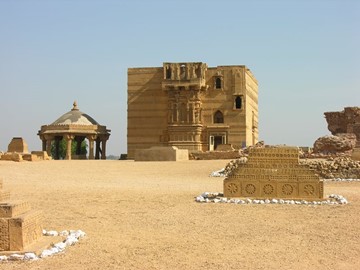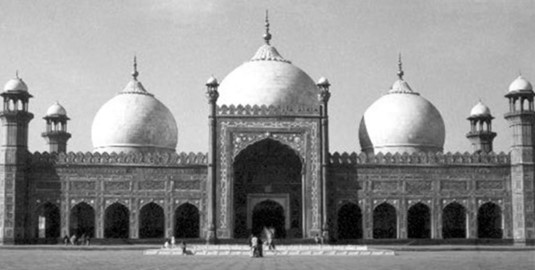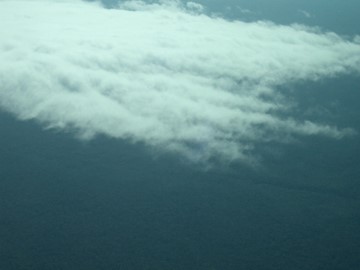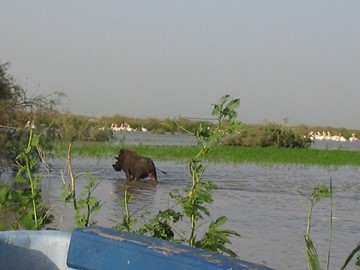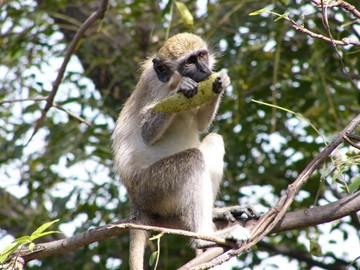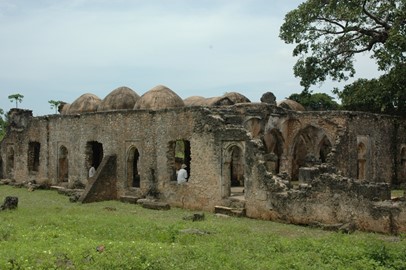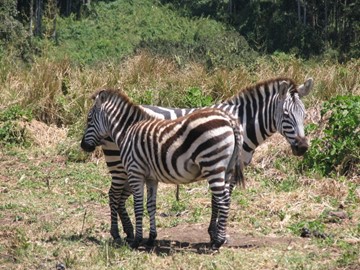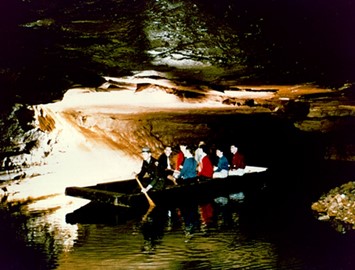year :: 1981
Mount Nimba
Mount Nimba, a UNESCO World Heritage site in Côte d'Ivoire and Guinea, recognized in 1981 and 1982, is a rugged mountain range rising from the West African savanna, renowned for its unique biodiversity and geological significance. Home to endemic species like the Nimba toad and chimpanzees that use stone tools, its forests and grasslands straddle a vital ecological frontier. This cross-border site reflects the region’s natural heritage, preserved despite mining threats, showcasing a rare blend of evolutiona... Read More
Los Glaciares
Los Glaciares, a UNESCO World Heritage site in Argentina, recognized in 1981, is a vast Patagonian wilderness renowned for its massive glaciers, including the iconic Perito Moreno. Featuring towering ice fields, rugged peaks like Fitz Roy, and pristine lakes, it reflects a dynamic glacial landscape of global significance. This site showcases Argentina’s natural heritage, offering a stunning testament to Earth’s icy beauty and ongoing geological processes.
Great Barrier Reef
The Great Barrier Reef, a UNESCO World Heritage site in Australia, recognized in 1981, is the world’s largest coral reef system, stretching over 2,300 kilometers with more than 2,900 reefs and 900 islands. Home to vibrant marine life, including over 1,500 fish species and threatened species like dugongs, it reflects an unparalleled natural ecosystem. This site showcases Australia’s biodiversity heritage, offering a global marvel of ecological richness under increasing environmental pressure.
Willandra Lakes
The Willandra Lakes Region, a UNESCO World Heritage site in Australia, recognized in 1981, is an ancient lake system that dried up 18,500 years ago, preserving a remarkable record of human life from over 50,000 years ago. Featuring fossil dunes, archaeological finds like the world’s oldest ritual cremation, and extinct marsupial remains, it reflects early Aboriginal occupation and Pleistocene environmental changes. This semi-arid landscape showcases Australia’s cultural and natural heritage, offering a uniq... Read More
Kakadu
Kakadu, a UNESCO World Heritage site in Australia, is a vast wilderness celebrated for its rich biodiversity and profound cultural heritage. Its rugged escarpments, sprawling wetlands, and lush forests shelter unique species like saltwater crocodiles and rare birds. Ancient rock art, dating back tens of thousands of years, adorns its cliffs, reflecting the enduring presence of Indigenous custodians. This dynamic landscape blends natural splendor with a living cultural legacy, making it a global treasure of ... Read More
SGang Gwaay
SGang Gwaay, a UNESCO World Heritage site in Canada, is a remote Haida village site preserved since its abandonment in the late 19th century. Renowned for its weathered totem poles and cedar longhouses, it reflects the artistic mastery and cultural legacy of the Haida people amidst a pristine natural setting. Recognized for its historical and cultural value, it stands as a powerful symbol of Indigenous resilience and tradition.
Head Smashed In Buffalo Jump
Head-Smashed-In Buffalo Jump, a UNESCO World Heritage site in Canada, is an ancient Indigenous hunting site used for nearly 6,000 years. This dramatic cliff, where Plains peoples skillfully drove bison to their deaths, reveals sophisticated communal hunting techniques and offers rich archaeological evidence of pre-contact life. Recognized for its cultural and historical significance, it stands as a testament to Indigenous ingenuity and tradition.
Fontainebleau
The Palace of Fontainebleau, a UNESCO World Heritage site in France, is a stunning example of French Renaissance architecture, blending medieval, Renaissance, and classical styles. Originally a royal hunting lodge, it was transformed into a grand palace by successive monarchs, notably Francis I, and served as a residence for French royalty for centuries. Its opulent interiors, including the Francis I Gallery with its intricate frescoes and stucco work, reflect its rich history. The palace remains a cultural... Read More
Arles
Arles, a UNESCO World Heritage site in France, is a historic city renowned for its well-preserved Roman monuments, including the ancient amphitheater and the Constantine Baths. The city also boasts a rich medieval heritage, with landmarks like the Saint-Trophime Church showcasing stunning Romanesque architecture. Arles inspired numerous works by Vincent van Gogh, who captured its vibrant landscapes and culture during his time there in the late 19th century. Today, it stands as a testament to its layered his... Read More
Cistercian Abbey of Fontenay
The Cistercian Abbey of Fontenay, a UNESCO World Heritage site in France, is a remarkably preserved 12th-century monastery exemplifying Cistercian simplicity and functionality. Founded in 1118, its austere stone architecture includes a church, cloister, and dormitories, reflecting the order’s monastic ideals. Nestled in a tranquil valley, it remains one of the oldest surviving Cistercian complexes. The abbey’s forge and gardens highlight its self-sufficient past. This site offers a serene glimpse into medie... Read More
Orange
The Roman Theatre of Orange, a UNESCO World Heritage site in France, is one of the best-preserved ancient theaters from the 1st century CE. Built into a hillside, its grand stage wall and tiered seating once hosted performances for thousands. The structure showcases Roman engineering and acoustic design at its finest. Its intricate carvings and robust stonework reflect the empire’s cultural influence. Today, it stands as a testament to antiquity’s architectural legacy. This site offers a striking glimpse in... Read More
Amiens Cathedral
Amiens Cathedral, a UNESCO World Heritage site in France, is a towering Gothic masterpiece built in the 13th century. Known for its soaring nave and intricate facade adorned with countless statues, it exemplifies medieval craftsmanship. The cathedral’s vast interior houses stunning stained glass and detailed reliefs. Its harmonious proportions and grandeur make it a pinnacle of Gothic architecture. This historic site reflects France’s religious and artistic legacy.
Speyer Cathedral
Speyer Cathedral, a UNESCO World Heritage site in Germany, is a monumental Romanesque basilica completed in the 11th century. Known for its massive red sandstone structure and four towering spires, it served as a burial place for Holy Roman Emperors. The cathedral’s innovative vaulted ceiling influenced medieval architecture across Europe. Its grand scale and intricate details reflect the power of the church and empire. This historic site stands as a testament to Germany’s architectural and cultural legacy.... Read More
Würzburg Residence
This magnificent Baroque palace – one of the largest and most beautiful in Germany and surrounded by wonderful gardens – was created under the patronage of the prince-bishops Lothar Franz and Friedrich Carl von Schönborn. It was built and decorated in the 18th century by an international team of architects, painters (including Tiepolo), sculptors and stucco-workers, led by Balthasar Neumann.
Quirigua
The Ruins of Quiriguá, a UNESCO World Heritage site in Guatemala, are an ancient Mayan archaeological treasure renowned for their intricately carved stelae and zoomorphs. Dating back to the 8th century, this once-thriving city showcases impressive monumental sculptures, including the tallest stone monolith in the Maya world, Stela E, standing over 35 feet. The site offers a glimpse into the region's rich history, art, and culture, preserved amidst a lush tropical setting, making it a significant destination... Read More
Jerusalem
The Old City of Jerusalem and its Walls, a UNESCO World Heritage site in Israel, is a historic urban center renowned for its ancient stone architecture and monumental walls. Encompassing sacred sites revered by multiple faiths, it features a labyrinth of narrow streets, vibrant markets, and landmarks like the Western Wall and the Church of the Holy Sepulchre. This fortified city reflects a rich tapestry of cultural and historical influences spanning millennia.
Medina of Fez
The Medina of Fez, a UNESCO World Heritage site in Morocco, is a historic walled city founded in the 9th century, renowned for its well-preserved medieval Islamic architecture and vibrant cultural heritage. It features an intricate network of narrow streets, bustling souks, and iconic landmarks like the Al-Qarawiyyin Mosque and University, one of the oldest continuously operating educational institutions in the world. This living museum showcases traditional crafts, such as leather tanning and pottery, alon... Read More
Makli, Thatta
Makli, Thatta, a UNESCO World Heritage site in Pakistan, is one of the largest necropolises in the world, showcasing an extraordinary collection of funerary architecture spanning from the 14th to 18th centuries. This historic cemetery features intricately carved tombs, mausoleums, and monuments, reflecting the rich cultural and artistic heritage of the Samma, Arghun, Tarkhan, and Mughal dynasties. The site stands as a testament to the region's historical significance and architectural prowess, drawing schol... Read More
Fort and Shalamar Gardens
The Fort and Shalamar Gardens in Lahore, a UNESCO World Heritage site in Pakistan, represent a stunning blend of Mughal architecture and landscaped beauty. The Fort, a sprawling citadel, showcases intricate palaces, halls, and mosques adorned with detailed tile work and marble, reflecting the grandeur of the Mughal Empire. Adjacent to it, the Shalamar Gardens, designed in the Persian charbagh style, feature terraced lawns, fountains, and pavilions that once served as a royal retreat. Together, they stand as... Read More
Darien
Darién National Park, a UNESCO World Heritage site in Panama, spans over 575,000 hectares of pristine wilderness along the border with Colombia. This biodiverse region features lush rainforests, rugged mountains, and extensive wetlands, serving as a critical habitat for endangered species like the jaguar, harpy eagle, and Central American tapir. Its unique location bridges North and South America, making it a vital ecological corridor. The park also holds cultural significance, encompassing indigenous terri... Read More
Djoudj National Bird Sanctuary
Djoudj National Bird Sanctuary, a UNESCO World Heritage site in Senegal, is a vital wetland ecosystem renowned for its rich biodiversity. This sanctuary serves as a critical habitat for over 1.5 million migratory birds, including flamingos, pelicans, and herons, making it a key stopover on the West African flyway. Its unique landscape of marshes, lakes, and channels supports a variety of wildlife and offers exceptional opportunities for birdwatching and ecological research. The site’s global significance li... Read More
Niokolo Koba
Niokolo-Koba, a World Heritage site in Senegal, is a biodiverse sanctuary along the Gambia River, renowned for its rich ecosystems and wildlife. It hosts a variety of habitats, including gallery forests, savannahs, and wetlands, supporting species like lions, leopards, elephants, and the rare West African chimpanzee. The site also preserves archaeological remains, offering insights into ancient human history. Despite challenges from poaching and development, it remains a critical conservation area and a tes... Read More
Ruins of Kilwa Kisiwani and Songo Mnara
The Ruins of Kilwa Kisiwani and Songo Mnara, a UNESCO World Heritage site in Tanzania, are remnants of two historic port cities that thrived between the 13th and 16th centuries as key trading hubs along the Swahili Coast. These sites feature well-preserved stone structures, including mosques, palaces, and houses, showcasing the architectural prowess and cultural richness of the medieval Swahili civilization. Once bustling with commerce involving gold, ivory, and spices, the ruins reflect the region’s signif... Read More
Serengeti
Serengeti National Park, a UNESCO World Heritage site in Tanzania, is renowned for its vast savannahs teeming with wildlife, including the iconic 'Big Five' – lions, elephants, buffalo, leopards, and rhinos. It hosts the annual Great Migration, where millions of wildebeest, zebras, and other animals traverse the plains in search of fresh grazing lands, a spectacular natural phenomenon. The park's diverse ecosystems also support over 500 bird species and numerous predators, making it a global hotspot for bio... Read More
Mammoth Cave
Mammoth Cave National Park, a UNESCO World Heritage Site in the United States, is renowned for its extensive underground labyrinth, recognized as the world's longest known cave system. This natural wonder features stunning geological formations, including stalactites, stalagmites, and vast chambers, formed over millions of years through limestone erosion. The park also preserves a rich biodiversity, with unique cave-adapted species and scenic surface landscapes, offering visitors a glimpse into both natural... Read More
